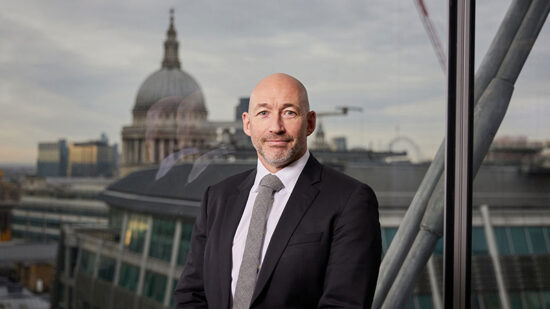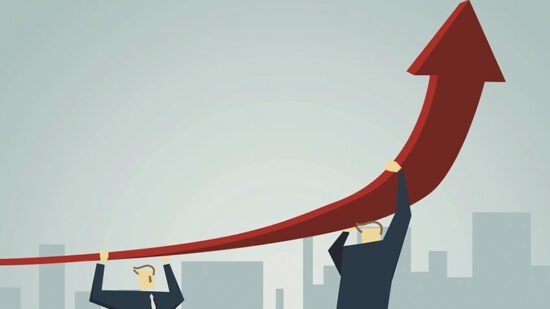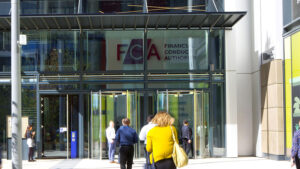A recession is defined as a period of temporary economic decline during which trade and industrial activity are reduced, generally identified by a fall in GDP in two successive quarters. Recessions tend to occur when there is a widespread drop in spending. A fall of 0.1% was originally reported for Q2 which would have represented a drop in two successive quarters, but the figures were recently revised up so, for now, we’ve narrowly avoided going into an official recession by the skin of our teeth, but it does seem like only a matter of time.
How long do recessions last? The good news is that recessions don’t generally last very long, write RSMR’s Katie Poulson and Robin Ghosh. An analysis of 11 cycles since 1950 shows that recessions have persisted between two and 18 months, with the average spanning about 10 months. So, what does the future look like and how do we ride out this storm?

In July, inflation fell to 9.9% from 10.1% but we are clearly still experiencing a backdrop of incredibly high inflation, the highest level since 1982 in fact. Inflation is bad because it reduces your purchasing power. How do governments react to this predicament? They raise interest rates to try and stop inflation getting out of control and this, of course, has a huge impact on households when it comes to debt and borrowing, creating a scenario where there is weakening economic output.
What are the implications of the current economic environment? Interest rates are at 2.25% but forecast to rise much higher. With the sharp and rapid rise in interest rates, the jewel in our crown – the housing market – may be affected and unemployment may increase. Thankfully, we currently have super-low unemployment so we’re at least starting from a strong position and if employers hold on to the belief that this recession will be short-lived, they may decide to keep their full team as it’s not easy or inexpensive to recruit the right workers. Inflation will affect people’s spending and we may see more saving due to an increasingly cautious approach.
How ugly will the recession be? The boost in inflation from new policies combined with the poor forecast for the pound means that interest rates are predicted to peak at 5% or 6%, so the drag on GDP will come from two angles: higher than expected inflation and interest rates. The knock-on effect on the cost of living crisis won’t go unnoticed and the prediction that the recession would be short and mild has now been adjusted. The Bank of England (BoE) is projecting GDP will fall for five quarters in a row from Q4 2022 to Q4 of 2023 and by over 2% in total. It looks like we are heading into a deeper recession than originally thought, which may result in unemployment rising from 3.6% in July to 5.5% in early 2024 with the likelihood that the BoE will be able to cut interest rates in 2024 to prevent inflation from being too low.

Is there anything good about a recession? Growth and employment go hand in hand with higher wages and profits. The government tries to regulate excessive growth as it leads to inflation. Recessions are a normal part of an economic cycle, but they are seen as a negative for multiple reasons: recessions can cause high unemployment, business failures, and bankruptcies due to diminished demand from consumers and businesses.
Is it all doom and gloom? Well, not in the longer-term. Recessions cause reallocation of capital, people start making better investment decisions and companies that don’t have a strong business model go under, allowing more efficient and robust businesses to take their market share. With a prolonged period of low interest rates, zombie businesses continue to stay afloat but a recession can create a stronger overall output and environment.
Inflation and interest rates will naturally fall, and the economy will start growing again. The better businesses will survive the recession, investment in business will occur and productivity will increase. If the recession does end up being shallow to normal, companies will emerge in a stronger position and the horizon may well be rosier than pre-recession.
What are the implications for investors during and after the recession? Certain sectors will be negatively impacted: house builders and expensive discretionary capital goods are two examples but in the fixed interest arena, you may see some value in corporate bonds after the recent falls as they now offer an attractive yield which compensates for their risk. When interest rates fall, the capital values of fixed interest securities will go up.
When inflation is high and interest rates rise, it’s a poor backdrop for growth stock investing but value stocks become more attractive on a relative basis. Being selective is key though and stocks with resilient earnings and good balance sheets are essential.
So, as we contemplate the forecast, it’s important to remember that a recession represents many things, but the outcome can realign the misallocation of investment capital. By driving down asset prices, recessions can provide opportunities for attractive returns for investors willing to play the long game.
This article was written for Portfolio Adviser by Katie Poulson, client engagement and marketing manager, and Robin Ghosh, senior investment and research manager at RSMR.







